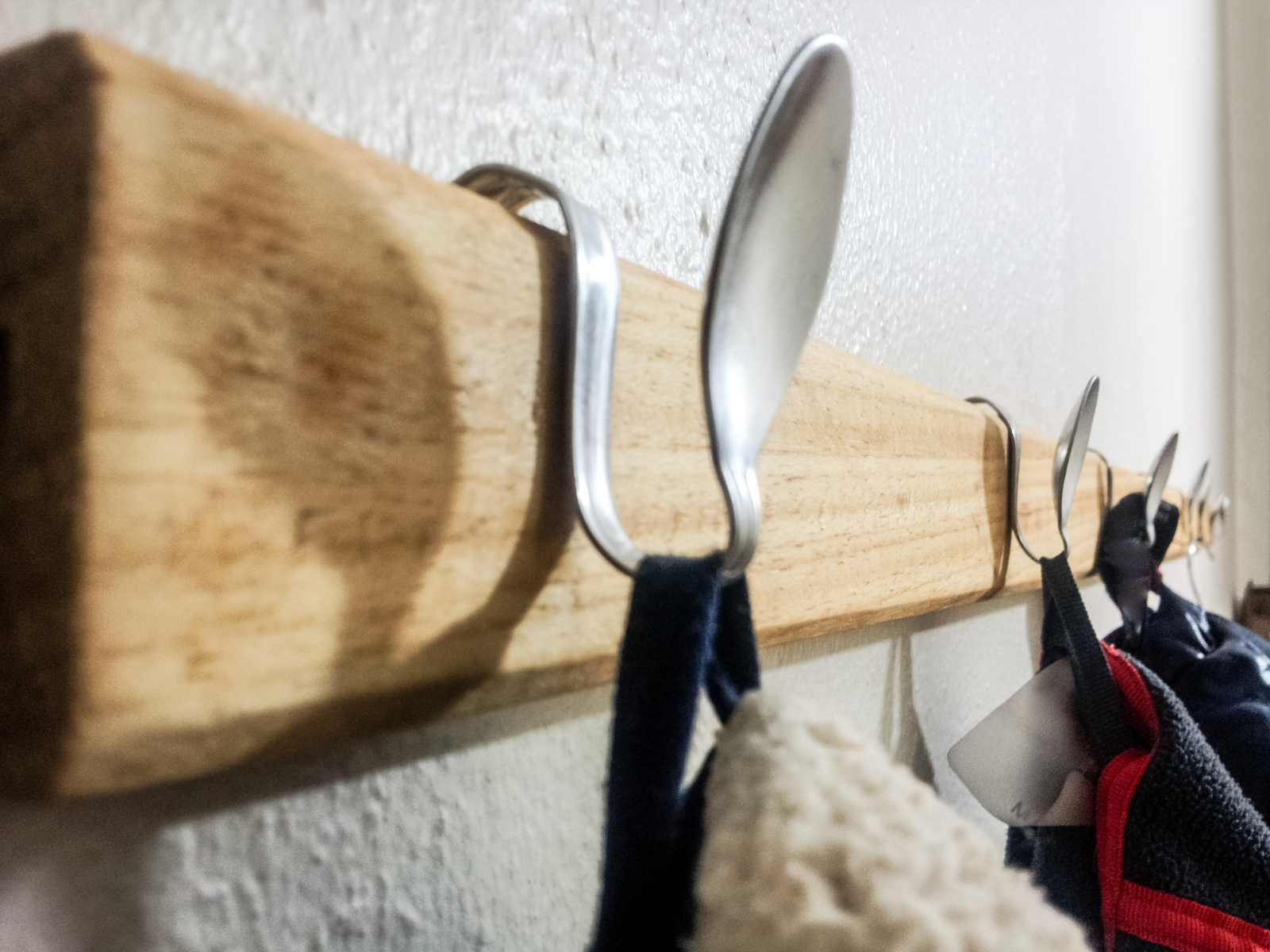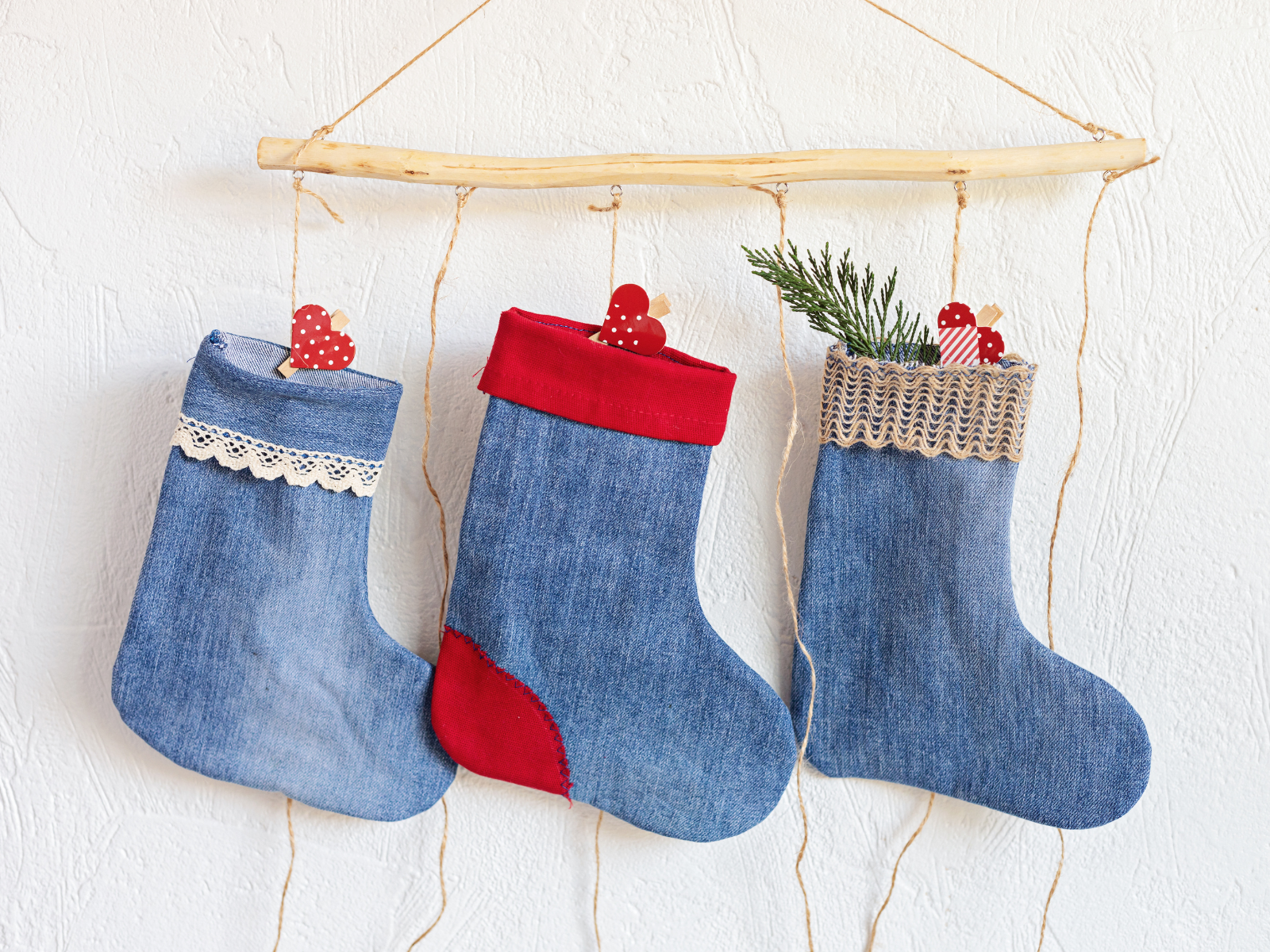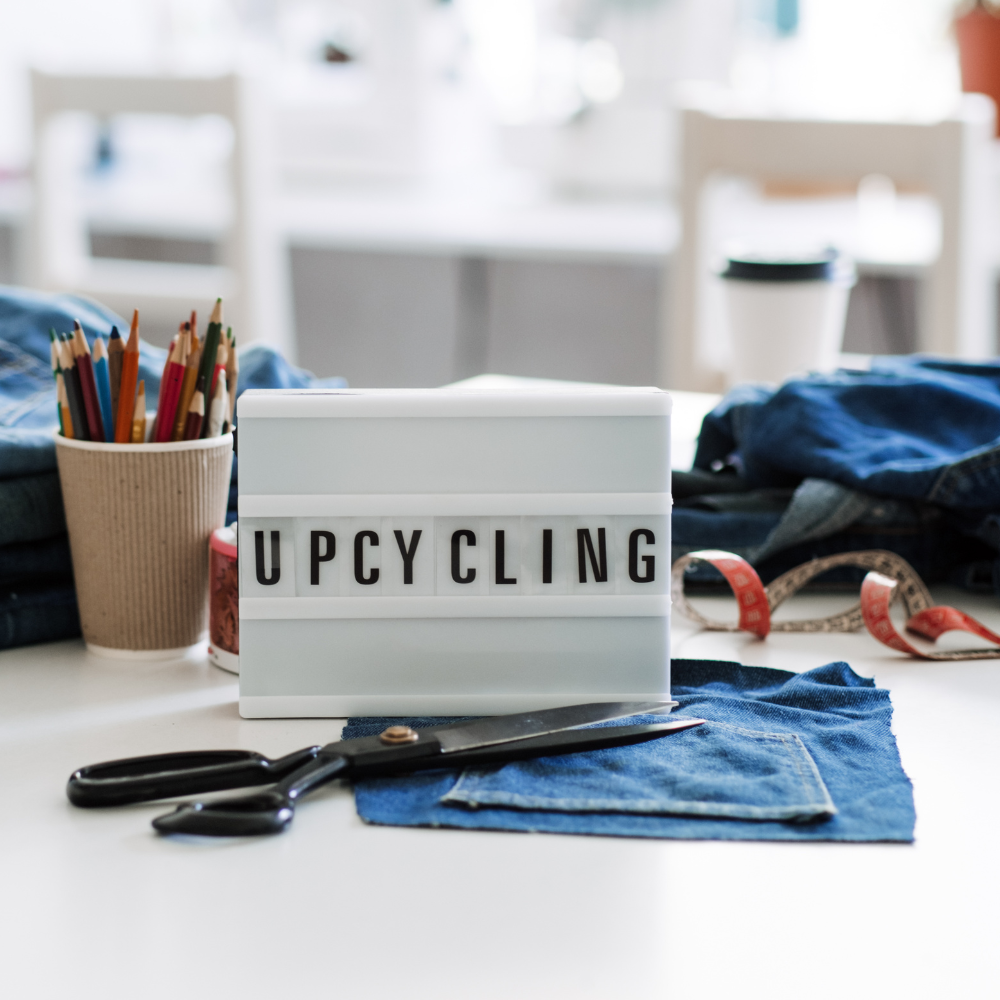Tired of the never-ending cycle of buying new art supplies, only to have them clutter your studio or gather dust in a forgotten corner?
Do you often find yourself drawn to discarded materials, imagining the infinite possibilities they hold?
If so, then welcome to the wonderful world of upcycling! In this blog post, we will dive deep into the art of transforming the old into new, uncovering the hidden beauty in everyday objects.
Whatever it may be, there's something undeniably captivating about breathing new life into forgotten treasures.
And that's exactly what upcycling is all about - the addictive hobby that has all sorts of creators diving headfirst into the world of transforming the old into new.
Whether you're a seasoned artist looking for fresh inspiration or a beginner itching to explore your creative side, this post is for you.
In this article, we’ll explore the world of upcycling and discover whether it's a thrilling hobby or just another fad.
So, grab your paintbrushes and put on your thinking caps as we unravel the mysteries and joys of upcycling as a hobby; get ready to unleash your imagination and breathe new life into forgotten treasures.
The journey starts here, so let's jump in and discover the wonders of turning the ordinary into extraordinary!
Key Takeaways:
- Upcycling is not only a hobby but also a sustainable practice that contributes to environmental conservation.
- It offers a platform for creativity and innovation, turning discarded materials into valuable items.
- Upcycling can be a cost-effective way to decorate your home and can also become a source of income.
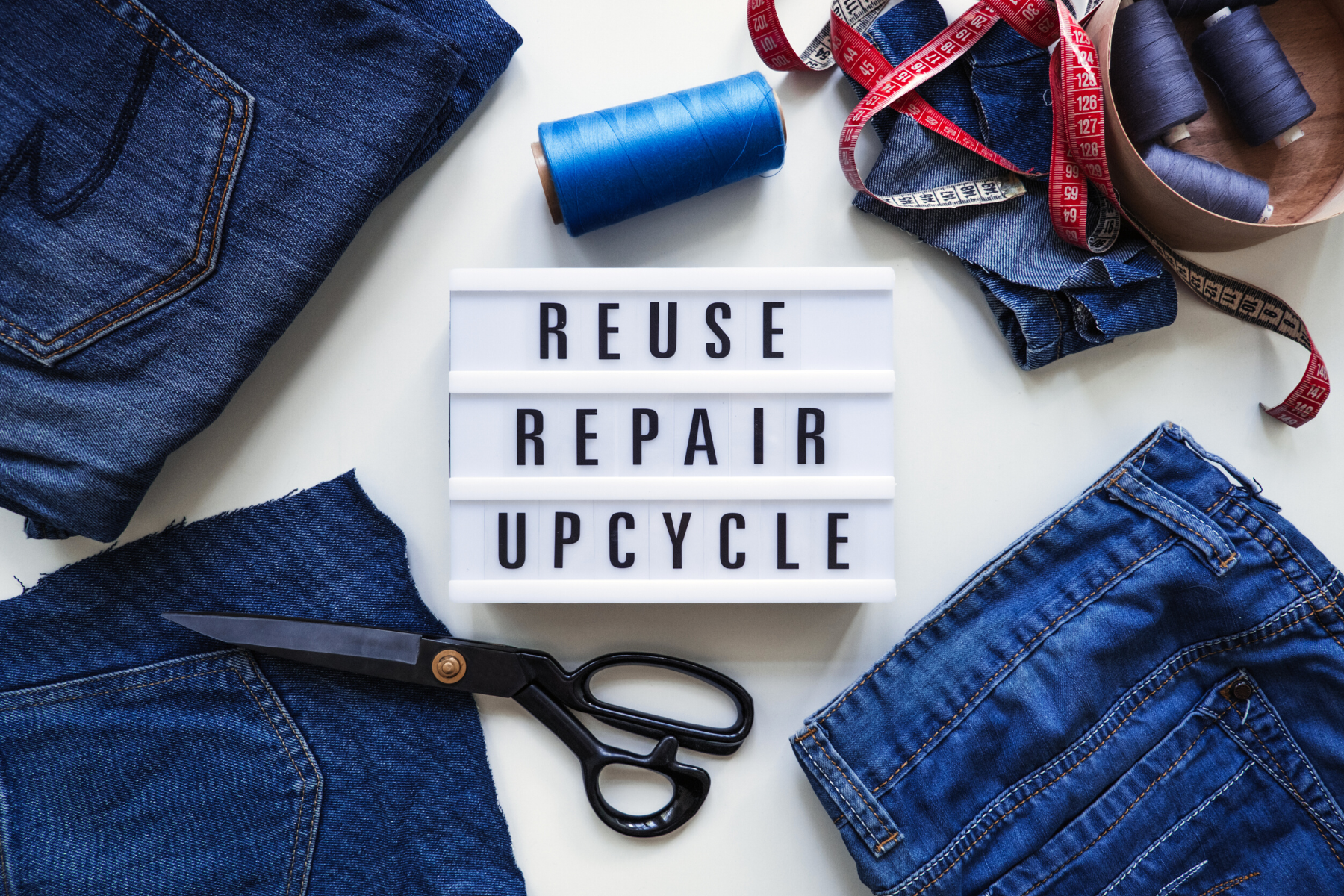


The Rise of Upcycling as a Creative Hobby
The process of upcycling has been around for centuries, with artisans and craftsmen using discarded materials to create new and functional items.
Upcycling is often confused with recycling, but there's a significant difference between the two.
Recycling involves breaking down materials into their raw components and using them to create new products, while upcycling involves repurposing materials without breaking them down.
It gained popularity in recent years as a response to the growing concern for environmental sustainability.
Upcycling, the process of transforming discarded materials into products of higher quality or value, has been gaining traction as a creative and environmentally friendly pursuit.
With the rise of social media and online platforms, more people are showcasing their upcycling projects, inspiring others to try their hand at transforming the old into new.
The concept of upcycling has been around for quite some time, but it has recently seen a surge in popularity as more individuals seek out hobbies that are both fulfilling and environmentally conscious.
Upcycling as a hobby involves taking old materials, such as bed sheets, old jeans, or even toilet paper rolls, and giving them new life through creative reuse.
This process not only reduces waste but also allows for the expression of creativity and the creation of unique, personalized items.
Environmental Impact: Beyond a Simple Hobby
Engaging in upcycling projects goes beyond personal enjoyment; it plays a significant role in reducing greenhouse gas emissions and water pollution.
By repurposing old objects instead of discarding them, upcyclers help to minimize the demand for new raw materials, thereby reducing the environmental footprint associated with manufacturing new products.
This contribution to the circular economy makes upcycling a hobby with profound social benefits.
Moreover, upcycling serves as a form of activism for those concerned about the negative impact of consumerism on the environment.
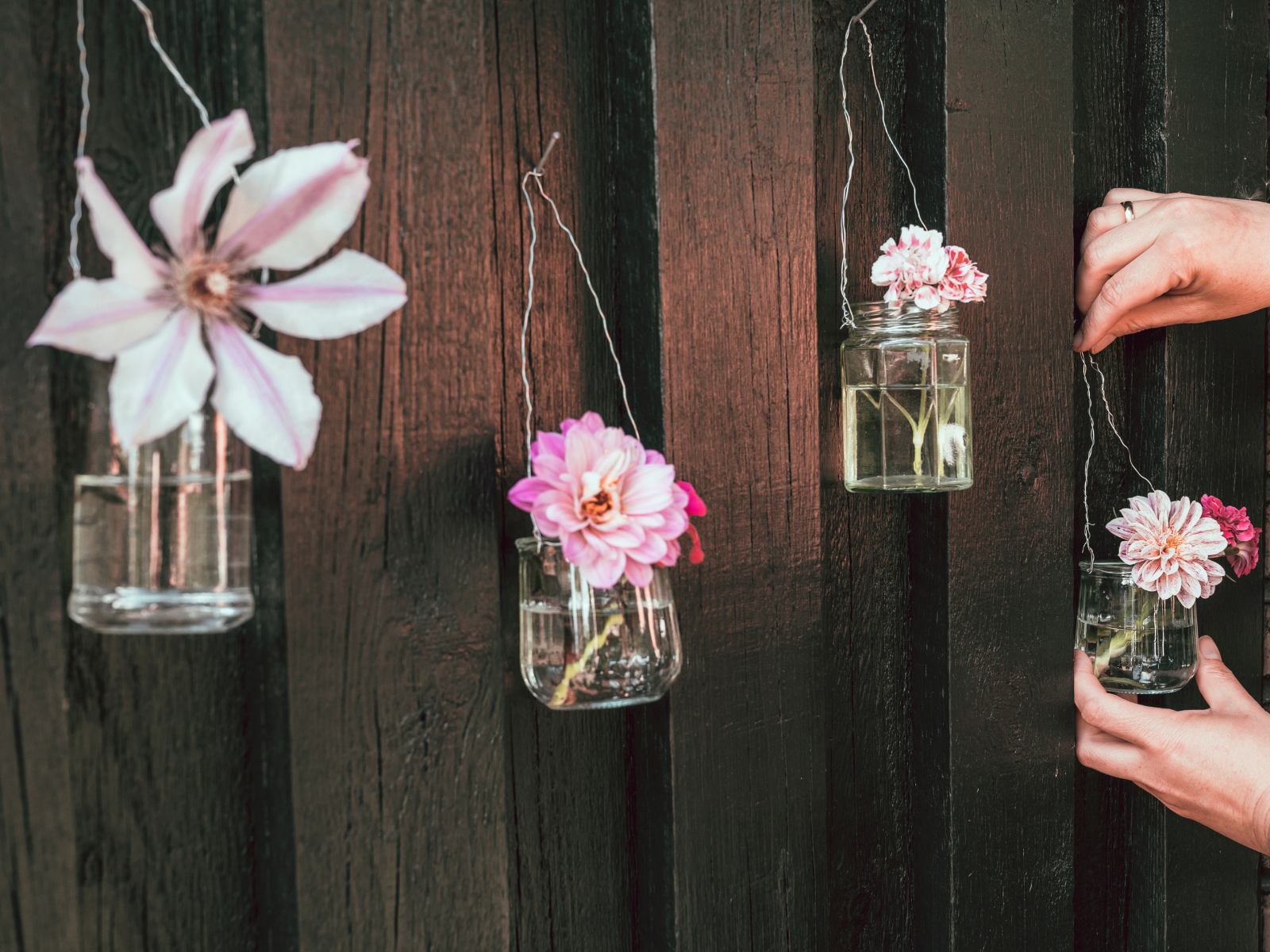
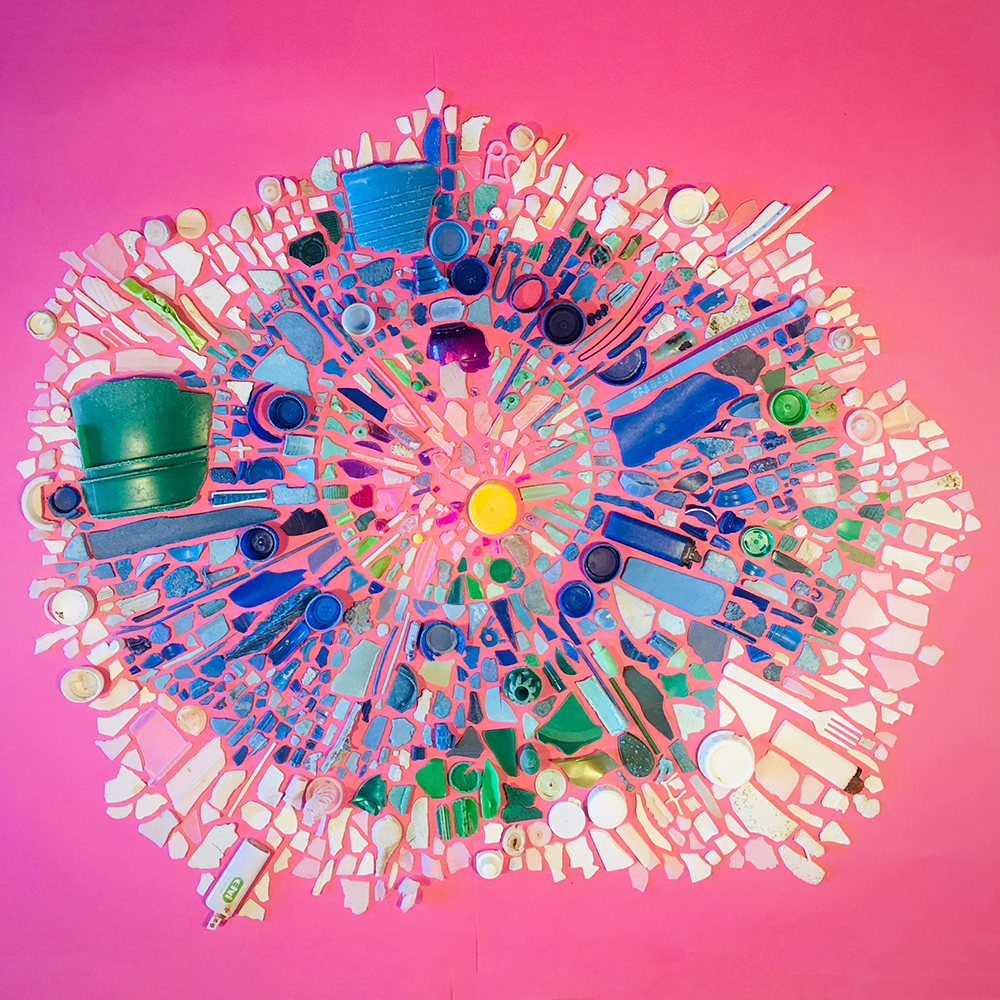

The Beauty of Imperfection: Embracing Flaws and Uniqueness
One of the most exciting aspects of upcycling is that it celebrates imperfections. Unlike mass-produced items, each upcycled piece has its unique character, making it one-of-a-kind.
Most upcyclers see flaws as an opportunity to incorporate creativity and add their personal touch to the project.
It's a way of breaking free from cookie-cutter designs and creating something entirely unique.
A Source of Income
In addition to being a hobby, upcycling can also become a source of income for many people.
With the rise of e-commerce platforms and online marketplaces, it's easier than ever to sell upcycled items to a wider audience.
As more people become environmentally conscious, they are also seeking out eco-friendly and sustainable products, making the demand for upcycled goods higher than ever before.
Saving Money While Saving the Planet
One of the most appealing aspects of upcycling is the potential for saving money.
Instead of purchasing new items, upcyclers can create something new and functional from unwanted products.
This fun way of creating can lead to significant savings, especially when it comes to decorating your home or gifting friends and family.
Upcycling furniture, for example, can be a cost-effective alternative to buying new pieces.
Upcycling furniture is a perfect hobby for those looking to dive into a larger-scale project.
It allows individuals to learn new skills such as sanding, painting, and even upholstery.
By giving an old piece of furniture a makeover, upcyclers can add a personal touch to their living space while also contributing to reducing waste.
The transformation of these items often results in one-of-a-kind pieces that can become the centerpiece of a room.
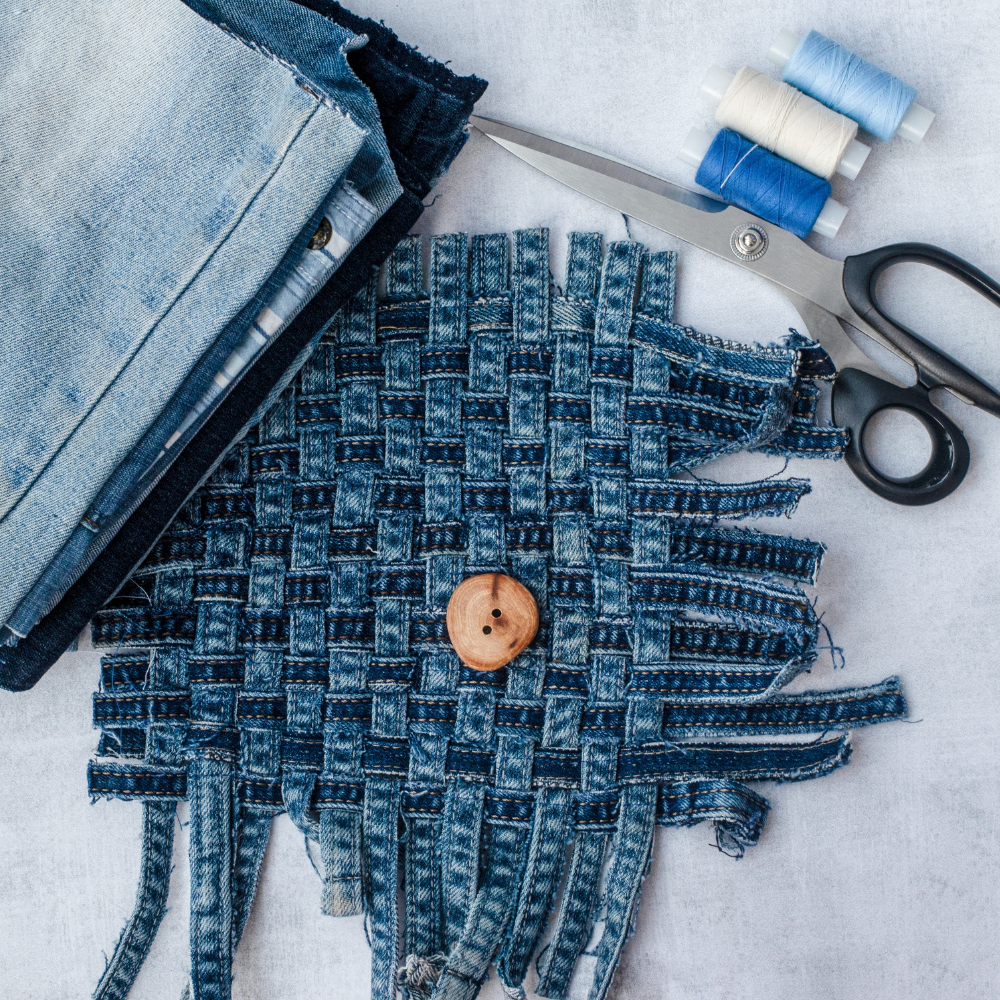
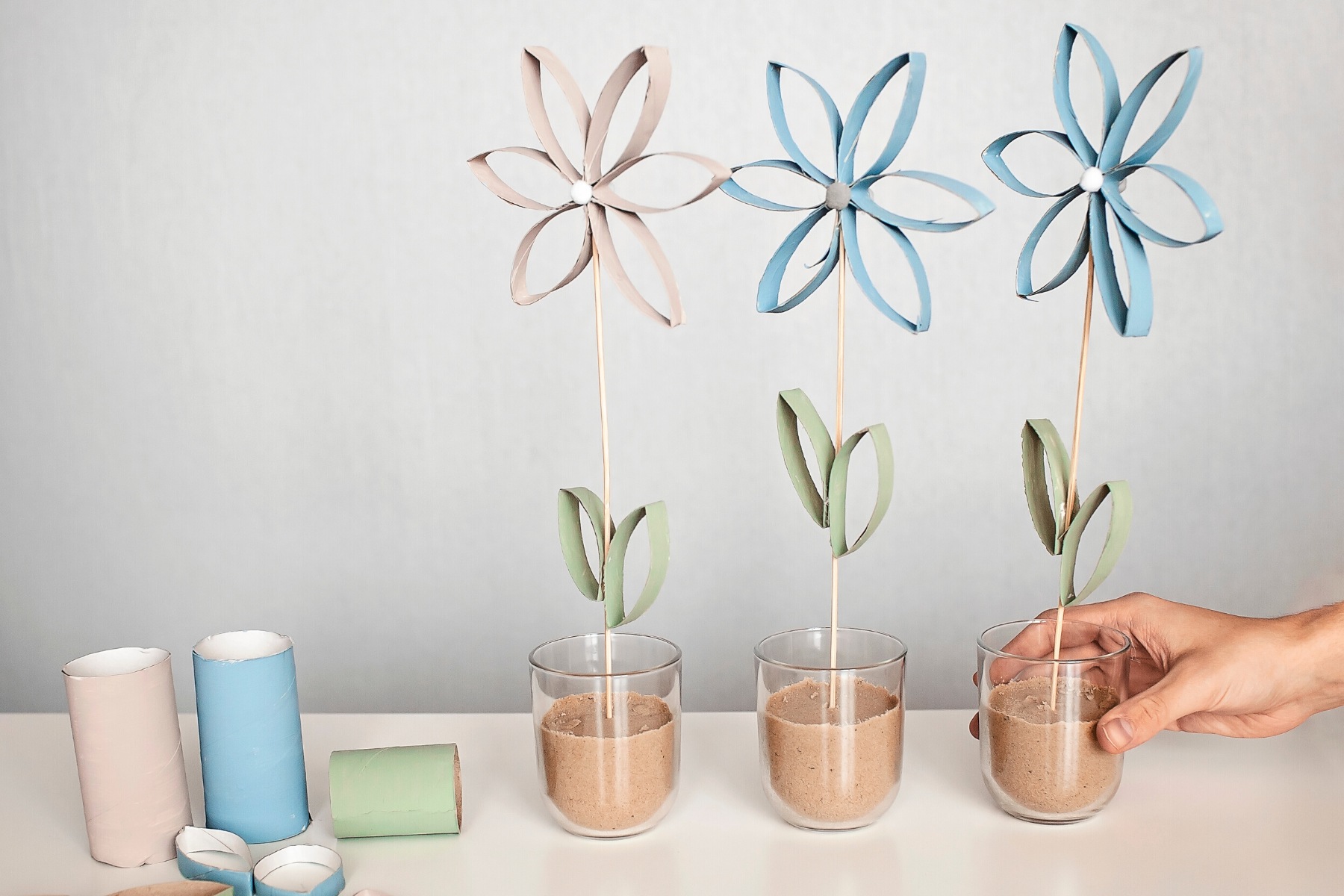
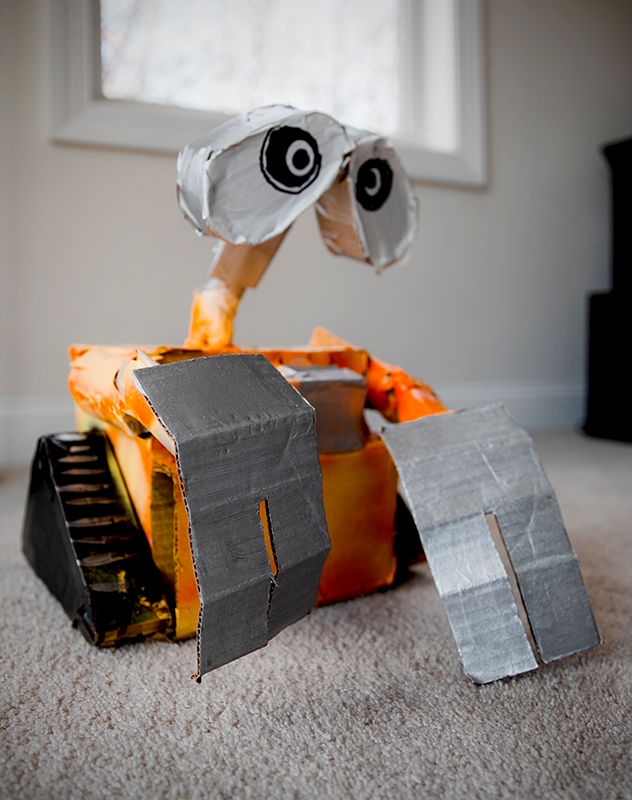
Upcycling vs. Recycling: Knowing the Difference
While both upcycling and recycling are environmentally friendly practices, they differ in their approach.
Recycling involves breaking down products into raw materials to create new products, often with a lower quality.
Upcycling, on the other hand, elevates the value of the old materials without breaking them down, which reduces waste and energy consumption.
This distinction highlights upcycling's unique position as a hobby that's both creative and sustainable.
By repurposing items, upcyclers reduce waste and prevent unwanted materials from ending up in landfills.
The Social Side of Upcycling
Upcycling can also foster a sense of community.
Sharing upcycling projects on social media or engaging with others at local crafting events can lead to new friendships and the exchange of ideas.
It's a hobby that not only benefits the individual but also encourages collaboration and the sharing of inspiration.
The social benefits of upcycling can be as rewarding as the creative process itself.
Upcycling Ideas: Inspiration for Your Projects
Finding inspiration for your next upcycling project can be as simple as browsing through Facebook Marketplace or visiting local garage sales and yard sales.
Everyday items like mason jars, aluminum cans, and old furniture can be transformed with a bit of imagination and spray paint.
Creating a unique piece of jewelry from old buttons or turning old t-shirts into rugs are just some of the many upcycling ideas to get you started.
Whether it's turning an old piece of clothing into a trendy home décor item or repurposing old materials into new furniture, the possibilities are endless.
The key to upcycling is to see the potential in every item and let your creativity run wild.
Incorporating Upcycling into Your Free Time
For those looking to pick up a new hobby, upcycling offers a perfect blend of creativity, environmentalism, and thriftiness.
It's a hobby that can be adapted to any lifestyle, whether you have a few spare minutes or several hours of free time.
From revamping old clothes to creating garden decorations from discarded items, upcycling can be a fulfilling way to spend your leisure time.
And who knows, you may even discover a hidden talent or passion for transforming the old into new.

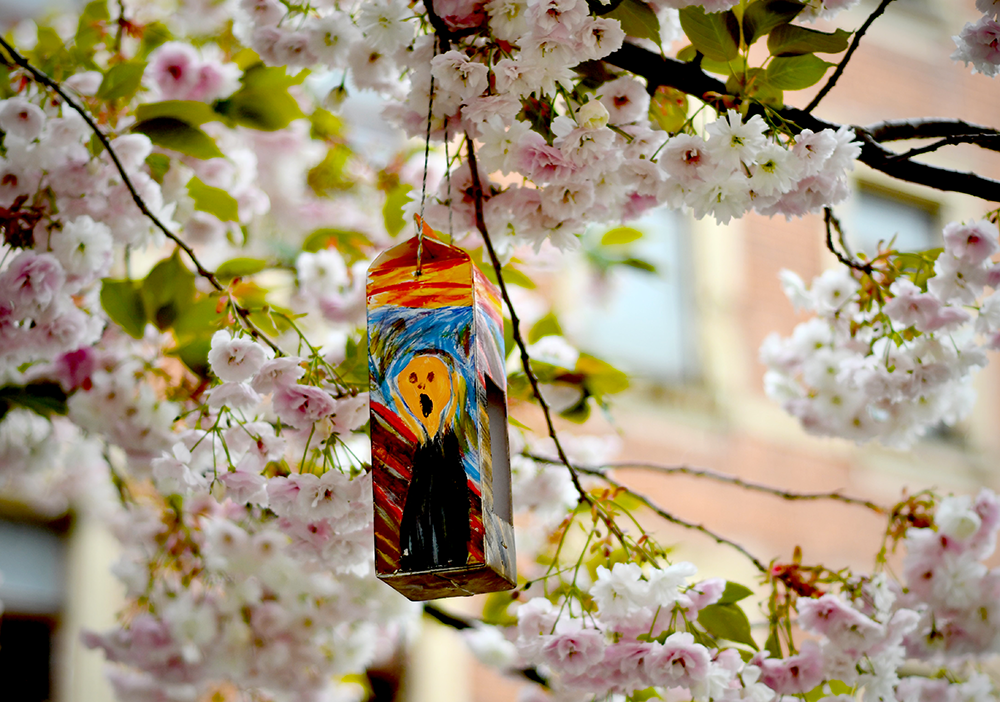

The Future of Upcycling: A Sustainable Trend
As awareness of environmental issues such as fast fashion and greenhouse gases continues to grow, upcycling is set to become an even more prominent hobby.
It aligns with the principles of the circular economy and offers a proactive approach to reducing waste.
The future of upcycling is bright, with its potential for creativity, cost savings, and environmental benefits only beginning to be tapped.
So, why not give upcycling a try and discover the joy of transforming the old into new? Who knows, you may just find your next favorite hobby.
The possibilities are endless when it comes to upcycling, so let's keep exploring and turning our trash into treasure!
Upcycling: A Creative and Sustainable Hobby
Upcycling is more than just a hobby; it's a lifestyle that celebrates creativity, sustainability, and uniqueness.
It offers endless possibilities for transforming old items into new treasures, all while contributing to environmental conservation.
Upcycling serves as a creative outlet, a means to save money, and a significant contributor to environmental conservation.
From reducing waste and saving money to fostering community and unlocking our creative potential, upcycling is a fulfilling hobby for everyone.
By transforming old materials into new treasures, upcyclers practice a fun and fulfilling activity that also fosters community and sustainability.
Whether as a casual pastime or a dedicated pursuit, upcycling is a hobby that truly makes a difference.
So, grab your supplies and get ready to upcycle; your next masterpiece awaits! Let's continue to turn the old into new and inspire others to join this sustainable trend
Let's keep exploring and turning our trash into treasure!
Who knows? You might just discover a hidden talent and create something truly amazing!

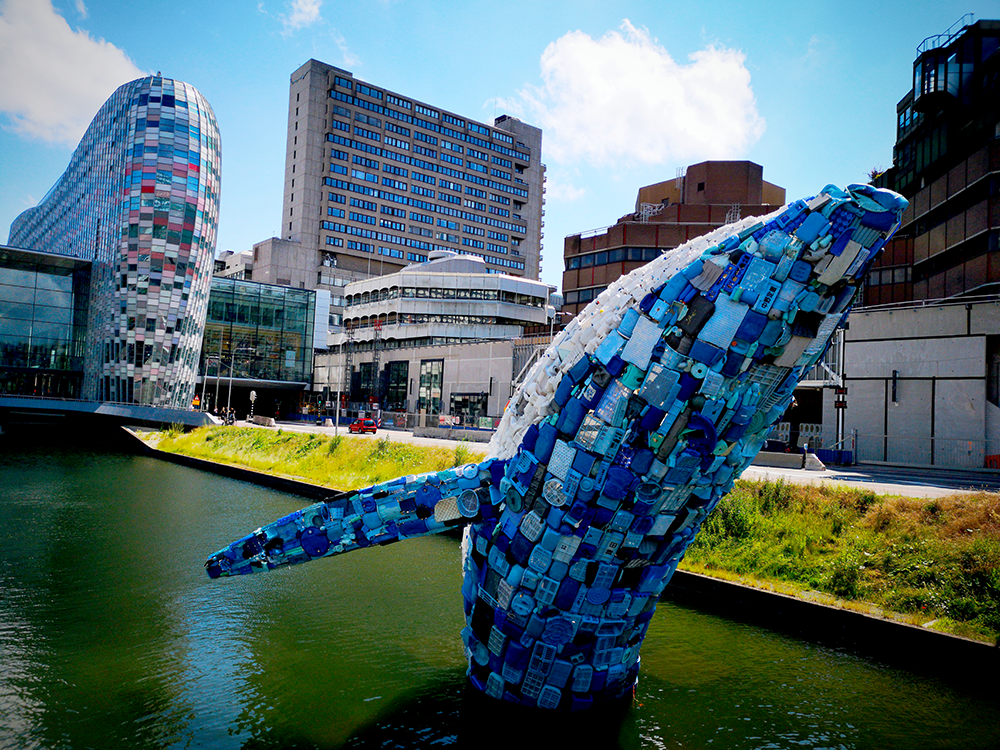
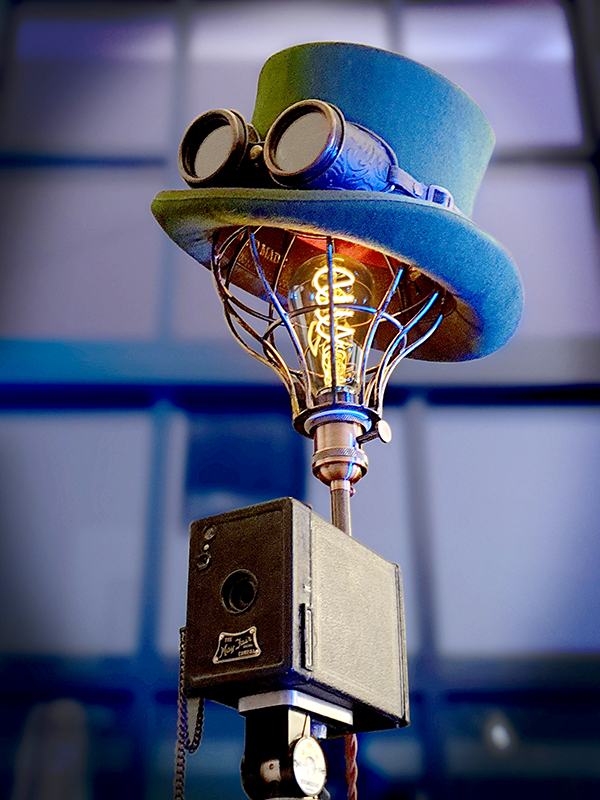
Upcycling FAQs
Thinking about giving upcycling a try but still have some questions?
Here are some frequently asked questions to help you get started:
Can upcycling really make a difference in reducing waste?
Absolutely. Upcycling reduces waste by repurposing discarded materials into new, useful products. This process decreases the amount of waste sent to landfills and reduces the need for new raw materials, thereby lessening the environmental impact.
Do I need special skills to start upcycling?
No special skills are required to start upcycling. It's a hobby that encourages learning as you go. With resources available online and in communities, anyone can begin upcycling with just a bit of creativity and the willingness to transform old items.
How can I find materials for upcycling?
Materials for upcycling can be found everywhere—from your own home to thrift stores, yard sales, and online marketplaces like Facebook Marketplace. Keep an eye out for old objects that can be given a new purpose with a little creativity and effort.

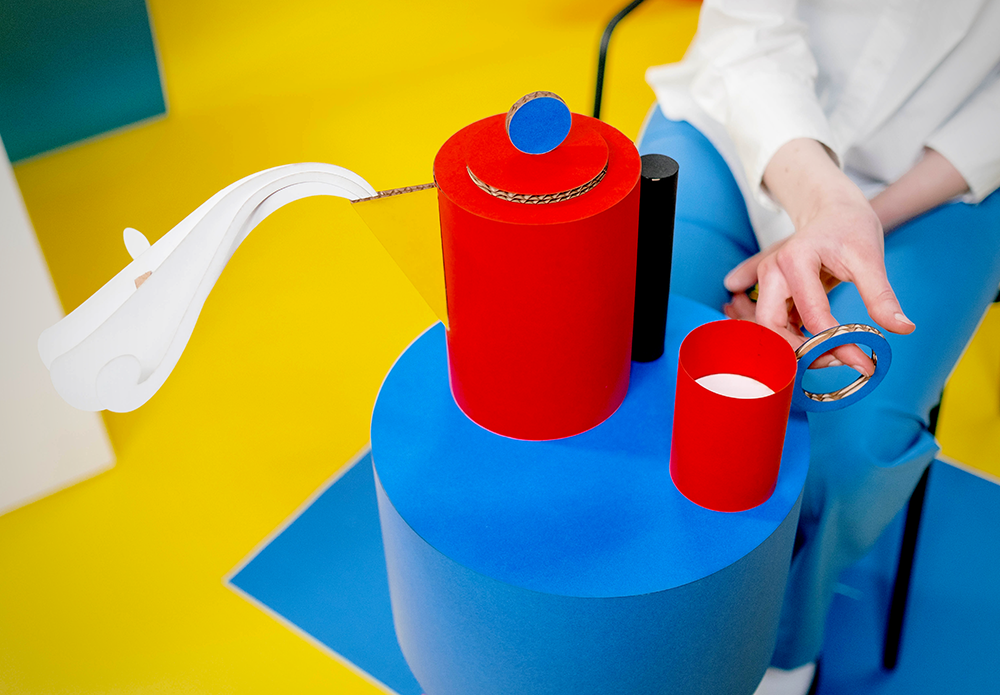

Looking to start upcycling clothes? Check out Yvonne and Mitchel's video!
Want even more content about creativity and art?
Be sure to check out all of our creative chronicles!
Ready to dive into the world of upcycled art and recycled art?
Check out some of our other articles:
-What is the difference between upcycled and repurposed?
